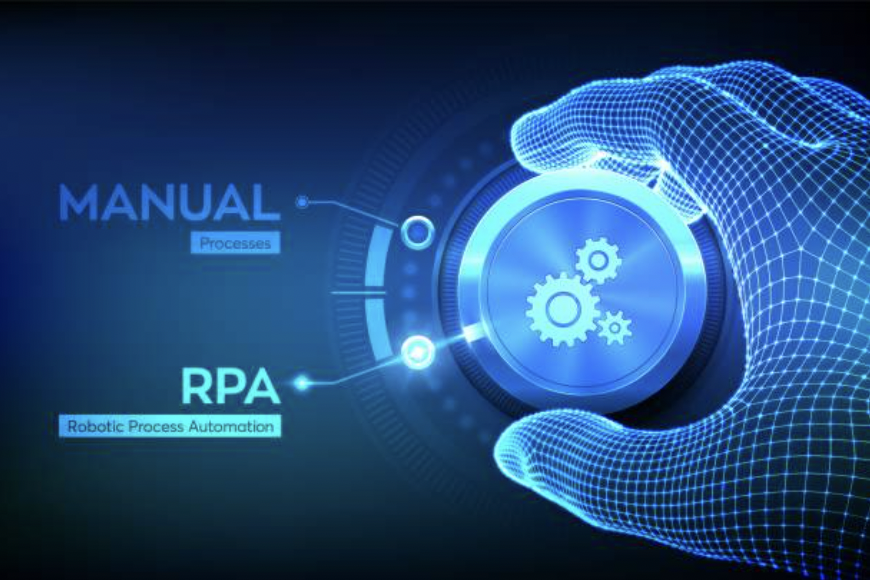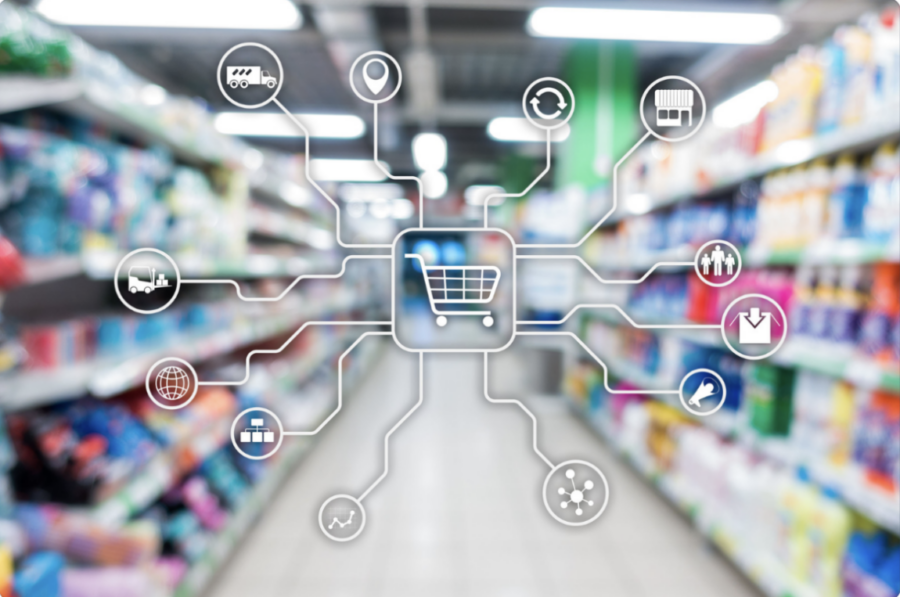Overcoming Common Challenges in RPA Implementation
Robotic Process Automation (RPA) offers immense potential for enhancing efficiency, reducing costs, and improving accuracy in business operations. However, implementing RPA is not without its challenges. Organizations often encounter various obstacles that can hinder the successful deployment and scaling of RPA initiatives. In this blog post, we will explore some common challenges in RPA implementation and provide strategies to overcome them.
1. Resistance to Change
Challenge: Employees may resist the adoption of RPA due to fears of job displacement or changes in their work processes.
Solution:
- Effective Communication: Clearly communicate the benefits of RPA to employees, emphasizing how it can reduce mundane tasks and allow them to focus on higher-value activities.
- Involvement and Training: Involve employees in the RPA implementation process and provide comprehensive training to help them adapt to new workflows.
- Change Management: Implement a structured change management plan that addresses employee concerns and promotes a positive attitude towards automation.
2. Selecting the Right Processes for Automation
Challenge: Identifying suitable processes for automation can be difficult, leading to suboptimal results if the wrong processes are chosen.
Solution:
- Process Assessment: Conduct a thorough assessment of business processes to identify those that are repetitive, rule-based, and high-volume.
- Pilot Programs: Start with pilot projects to test and validate the feasibility and impact of RPA on selected processes before scaling up.
- Stakeholder Input: Engage stakeholders from different departments to gain insights into which processes would benefit most from automation.
3. Technical Complexity
Challenge: The technical complexity of integrating RPA with existing systems and processes can pose significant challenges.
Solution:
- Scalable RPA Platform: Choose an RPA platform that is scalable and compatible with your existing IT infrastructure.
- Expertise: Ensure you have the necessary technical expertise, either in-house or through external partners, to handle integration and customization.
- Continuous Monitoring: Implement continuous monitoring and maintenance processes to quickly address any technical issues that arise.
4. Lack of Clear Governance
Challenge: Without clear governance, RPA initiatives can become fragmented, leading to inconsistencies and inefficiencies.
Solution:
- Governance Framework: Establish a governance framework that includes policies, standards, and guidelines for RPA development and deployment.
- Center of Excellence (CoE): Create an RPA Center of Excellence to oversee and coordinate automation efforts, ensuring alignment with organizational goals.
- Regular Audits: Conduct regular audits and reviews to ensure compliance with governance standards and identify areas for improvement.
5. Measuring ROI
Challenge: Measuring the return on investment (ROI) of RPA initiatives can be challenging, particularly in the early stages.
Solution:
- KPIs: Define clear key performance indicators (KPIs) to measure the impact of RPA on efficiency, cost savings, accuracy, and other relevant metrics.
- Baseline Data: Collect baseline data before implementation to enable accurate comparison and assessment of RPA benefits.
- Regular Reporting: Implement a system for regular reporting and analysis of RPA performance to track progress and demonstrate value to stakeholders.
6. Scalability Issues
Challenge: Scaling RPA across the organization can be difficult due to resource constraints and process variations.
Solution:
- Standardization: Standardize RPA processes and tools to facilitate scalability and ensure consistency.
- Incremental Approach: Scale RPA incrementally, starting with high-impact areas and gradually expanding to other departments.
- Resource Allocation: Allocate sufficient resources, including budget and personnel, to support the scaling of RPA initiatives.
Implementing RPA can transform business operations, but it requires careful planning and execution to overcome common challenges. By addressing resistance to change, selecting the right processes, managing technical complexity, establishing clear governance, measuring ROI, and ensuring scalability, organizations can maximize the benefits of RPA and achieve sustainable success.










